The Utilization of Geotextiles in Road Construction
With the rapid development of technology, the road construction industry is constantly innovating and breaking new boundaries. Among these advancements, geotextiles have emerged as a novel engineering material, finding increasingly widespread applications in road construction, significantly enhancing its efficiency and quality.
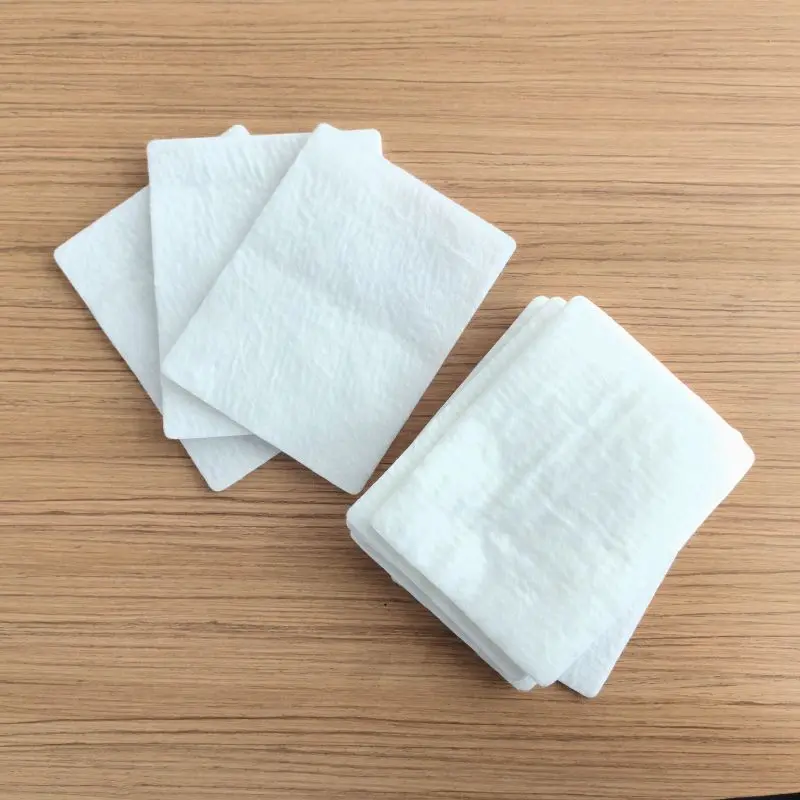
(white filament nonwoven geotextile)
Geotextiles are specialized textiles typically made from high-strength synthetic fibers such as polyester and polypropylene. They exhibit excellent tensile strength, aging resistance, and durability, maintaining stable performance even in harsh environmental conditions. In road construction, geotextiles are primarily used for soil reinforcement, erosion control, and enhancing the stability of roadbeds.

(white Staple fiber nonwoven geotextile)
In terms of roadbed reinforcement, geotextiles effectively enhance the cohesion and stability of soil. By laying geotextiles on the roadbed, a continuous and stable support layer is formed, preventing settlement and deformation of the roadbed under the pressure of heavy vehicles. Furthermore, geotextiles distribute loads evenly, reducing pressure on the foundation and enhancing the bearing capacity and service life of the road.
Geotextiles also play a crucial role in erosion control. Laying geotextiles on critical areas such as road slopes and drainage ditches effectively prevents rainwater erosion and soil loss, maintaining slope stability and the smooth flow of drainage systems. This not only preserves the road's infrastructure but also reduces environmental pollution caused by erosion.
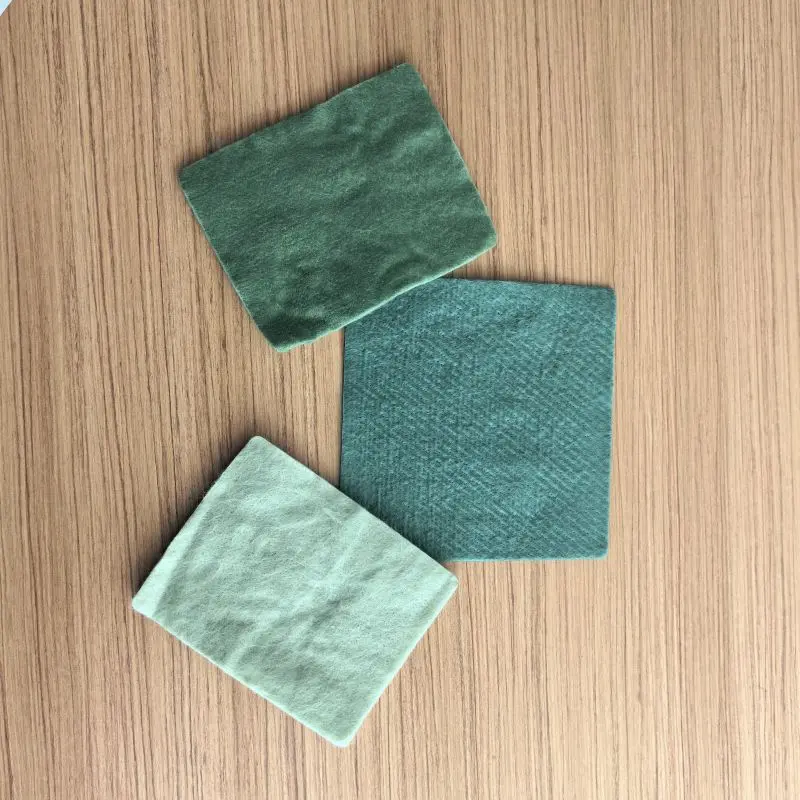
(green filament nonwoven geotextile)
Additionally, geotextiles possess good water permeability and breathability, promoting effective water and gas exchange in the soil, beneficial for plant growth and ecological restoration. Therefore, they also have potential applications in road greening and ecological restoration.
However, despite the numerous advantages of geotextiles in road construction, certain considerations are essential during their application. For instance, the selection of geotextiles should be based on specific project requirements and environmental conditions. During installation, it is crucial to ensure the flatness and tightness of the geotextiles, avoiding wrinkles and looseness. Regular inspection and maintenance of geotextiles are also necessary to maintain their long-term performance.
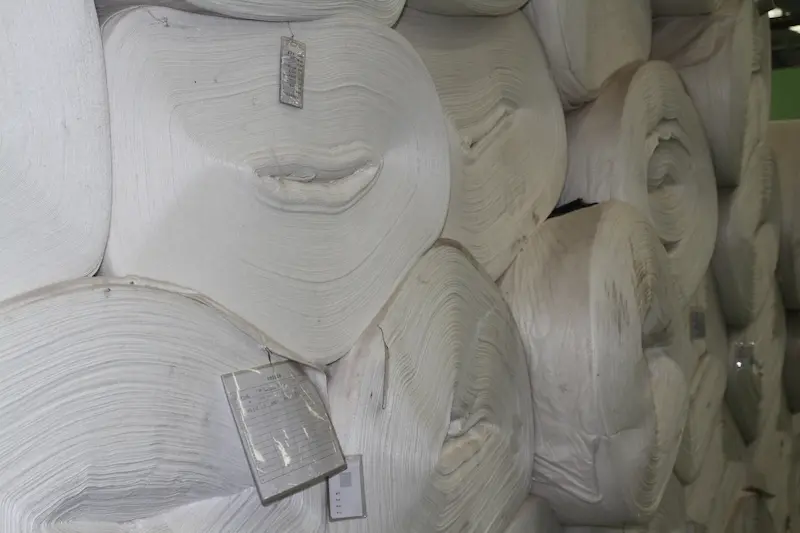
(white Staple fiber nonwoven geotextile)
Benefits of Geotextile Implementation
The use of geotextiles in road construction offers numerous benefits:
Improved Structural Integrity: Geotextiles enhance the structural integrity of roadways by providing reinforcement and stabilization. They minimize the effects of traffic loading, soil movement, and environmental factors, resulting in longer-lasting pavements with reduced maintenance requirements.
Enhanced Drainage Performance: Geotextiles facilitate efficient drainage within pavement structures, preventing the accumulation of water and reducing the risk of moisture-related damage. Improved drainage helps mitigate issues such as frost heave, pavement deterioration, and subgrade instability.
Cost Savings: Geotextiles offer cost-effective solutions for road construction projects by reducing the need for extensive earthworks, aggregate materials, and maintenance interventions. Their use can lead to significant savings in construction costs, labor, and long-term infrastructure management.
Accelerated Construction: Geotextiles enable faster construction schedules by simplifying subgrade preparation, reducing construction delays due to poor soil conditions, and minimizing the curing time required for pavement materials. Accelerated construction translates to reduced project durations and improved traffic flow.
Case Studies and Success Stories
Numerous case studies and success stories demonstrate the effectiveness of geotextiles in road construction:
In India, the implementation of geotextiles in highway construction projects has led to significant improvements in pavement performance, reduced maintenance costs, and enhanced durability in challenging soil conditions.
The use of geotextile-reinforced pavements in coastal regions of the United States has helped mitigate the effects of erosion, storm surges, and saltwater intrusion, resulting in resilient road infrastructure capable of withstanding harsh environmental conditions.
In Europe, geotextiles are widely employed in road rehabilitation projects to reinforce existing pavements, extend service life, and minimize disruptions to traffic flow. The rapid installation and long-term benefits of geotextile solutions contribute to sustainable infrastructure development across the region.
In conclusion, the utilization of geotextiles in road construction holds vast promise and potential. With technological advancements and decreasing costs, it is anticipated that geotextiles will play an even more significant role in future road construction projects, making significant contributions to the transportation industry in our country.
Geotextiles play a crucial role in enhancing the efficiency, durability, and sustainability of road construction projects worldwide. Their versatile applications, coupled with significant benefits such as improved structural integrity, enhanced drainage performance, and cost savings, make them indispensable components of modern infrastructure development. As the demand for resilient and high-performance roadways continues to grow, the use of geotextiles will remain integral to achieving long-lasting and sustainable transportation networks.
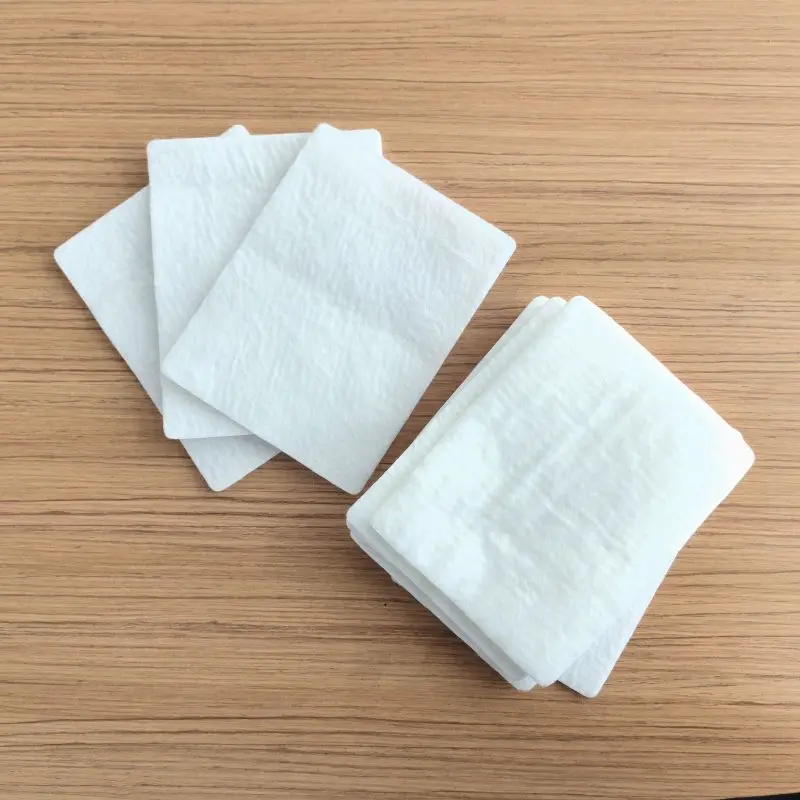
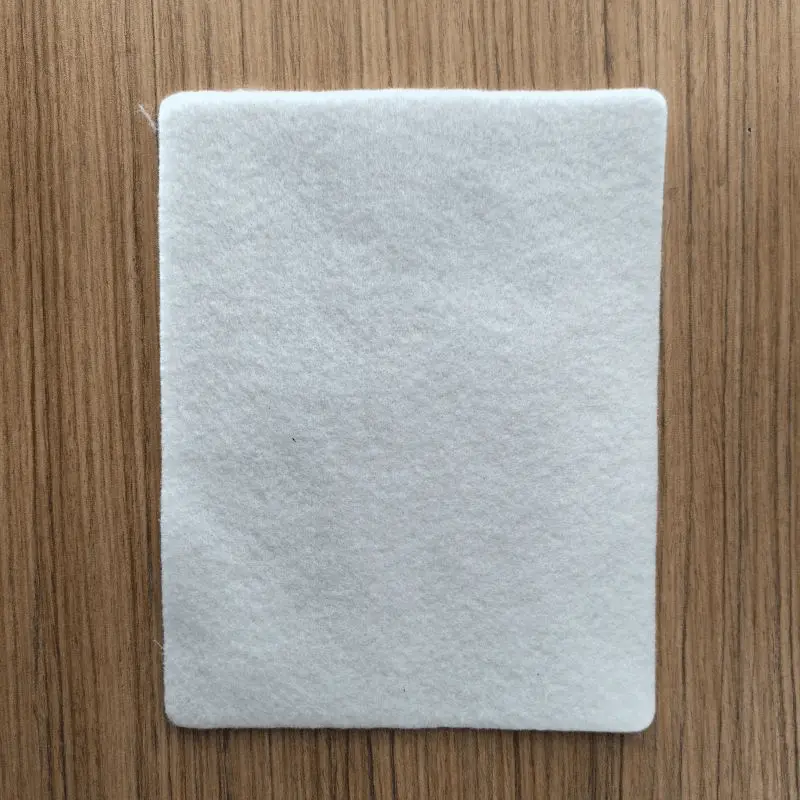
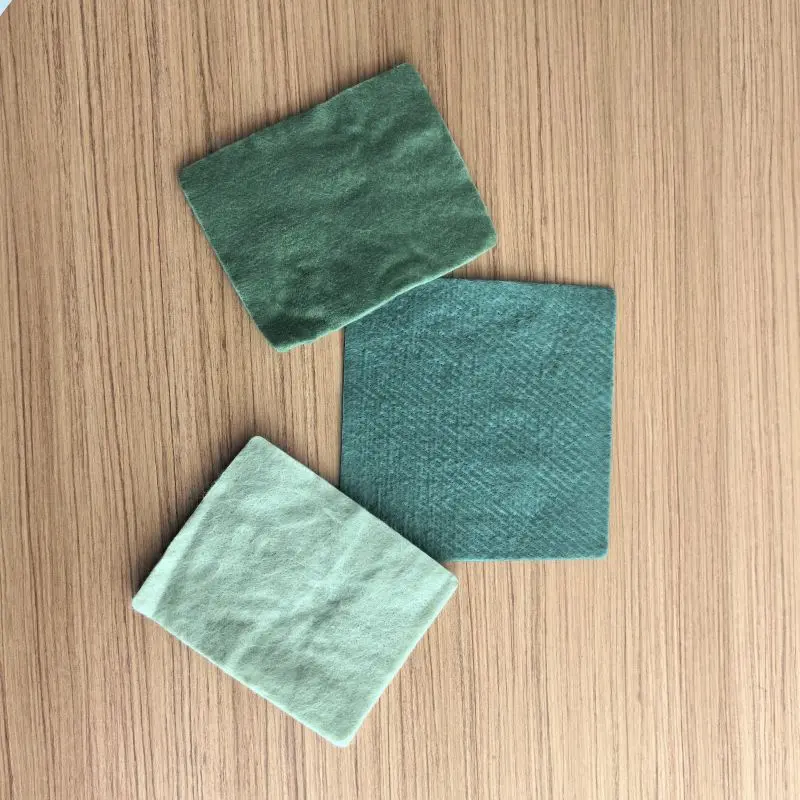
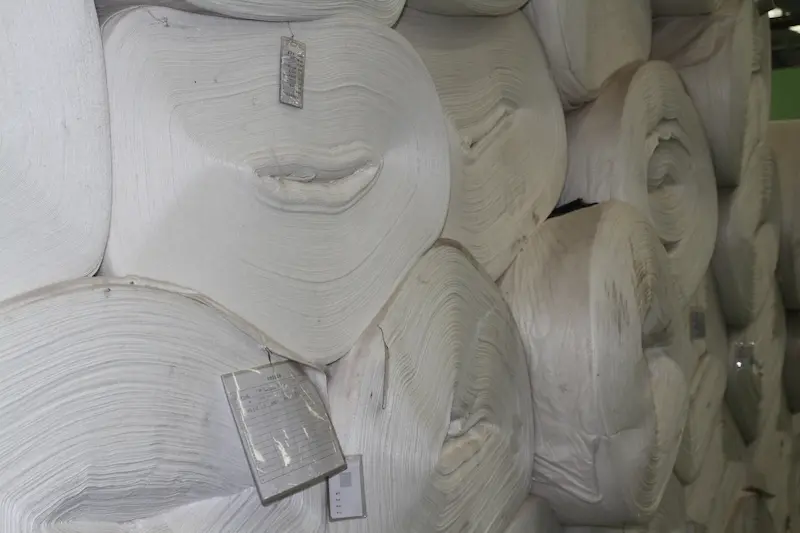
503.webp)
759.webp)
241.webp)
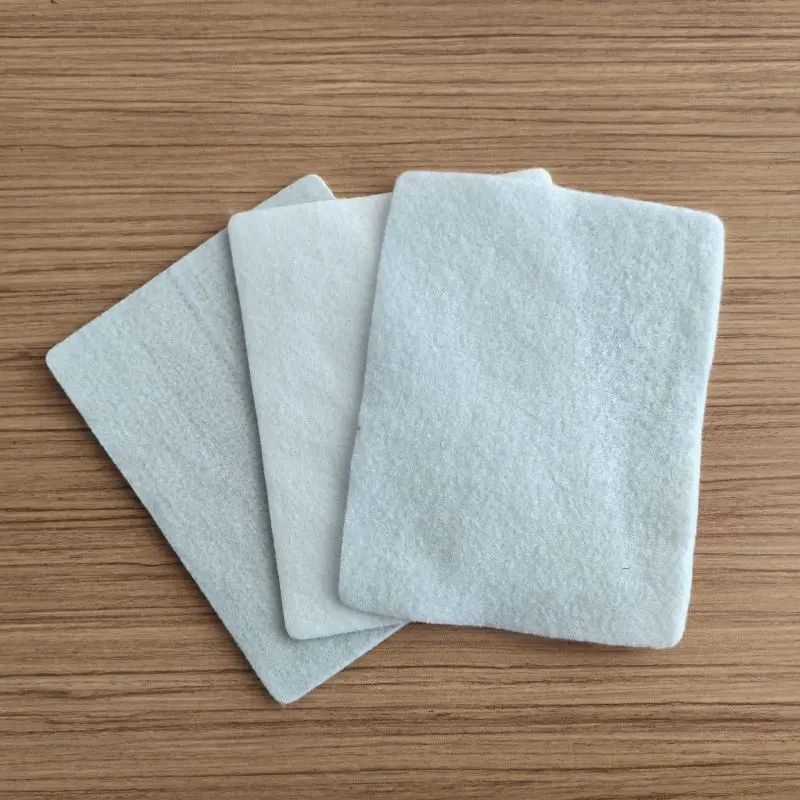
191.webp)